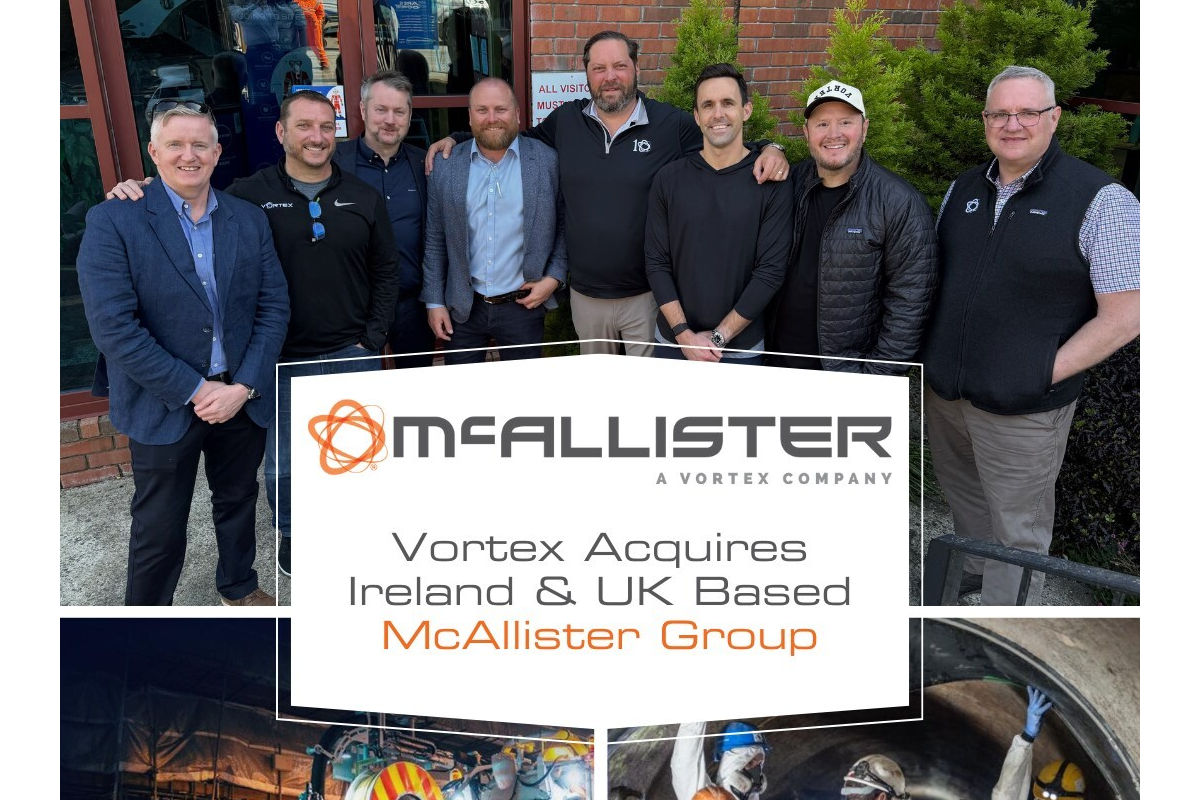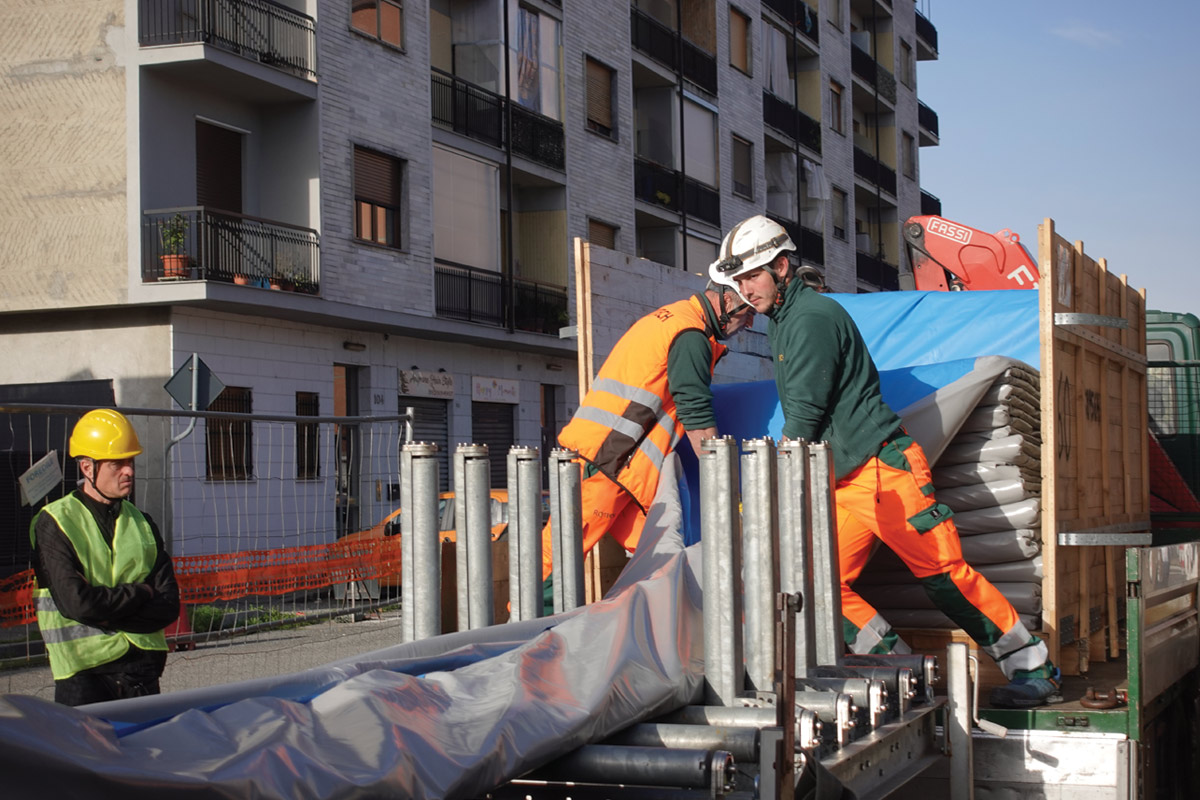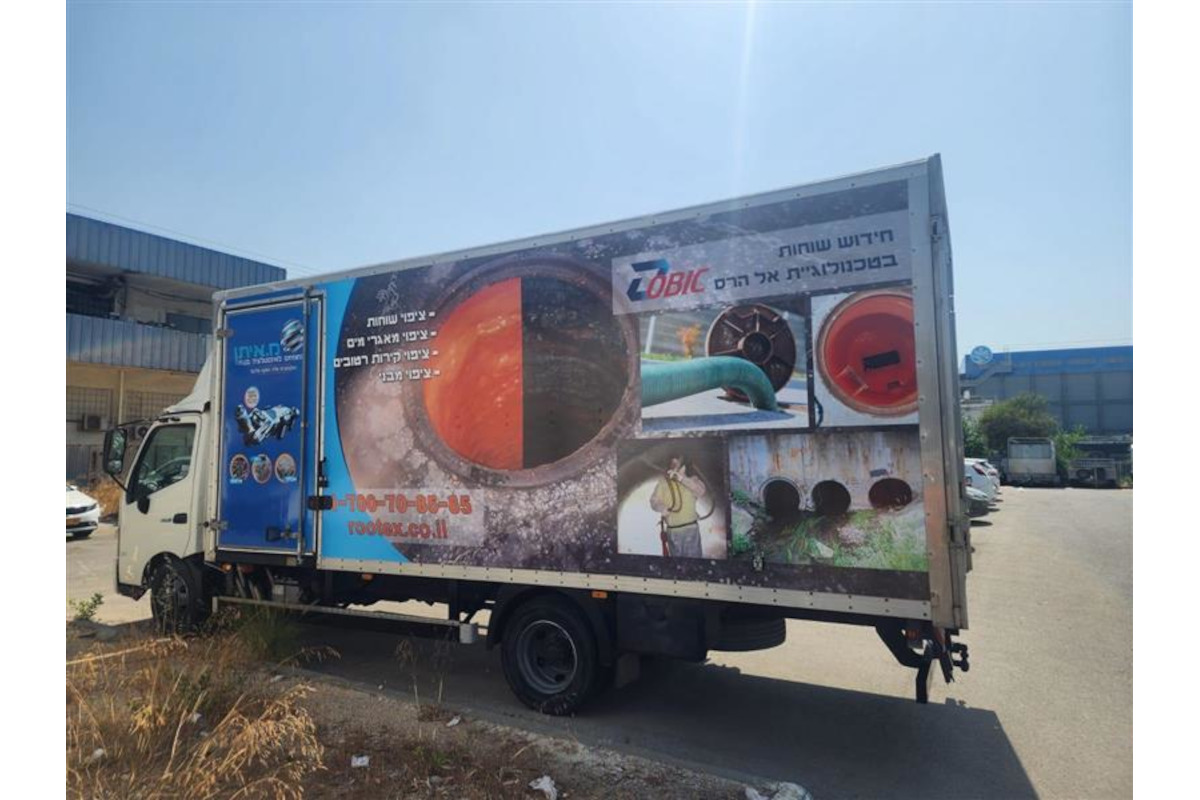Using Multiple Guidance Systems to Complete a French Intersect
July 27, 2011
 This HDD project was a 1,460-m crossing of the Grand Canal du Le Havre undertaken between 2008 and 2009. The pipeline was commissioned by Total to supply crude oil to a local refinery and the Drilling contractor was Horizontal Drilling International SA (HDI), a French HDD company with both the experience and the drilling rigs capable of installing such crossings. The intersect guidance contractor was Prime Horizontal Ltd., the company that originally developed the guidance methodology for HDD intersects.
This HDD project was a 1,460-m crossing of the Grand Canal du Le Havre undertaken between 2008 and 2009. The pipeline was commissioned by Total to supply crude oil to a local refinery and the Drilling contractor was Horizontal Drilling International SA (HDI), a French HDD company with both the experience and the drilling rigs capable of installing such crossings. The intersect guidance contractor was Prime Horizontal Ltd., the company that originally developed the guidance methodology for HDD intersects.The installation involved two parallel pipes, a 6-in. mud return line and the main product pipe of 34-in. steel pipe. The crossing passed under an island about midway between the entry and exit points separating the Grand Canal from the sea channel. This island was convenient for locating one of the magnetic sources, the AC Beacon, to help guide the first pilot hole. Installation of the crude oil product pipe was finished shortly after completion of the two pilot holes, on time and on schedule with a minimum of drilling problems.
 There are a number of reasons that a project is designed to use intersect technology. For example, intersects are now used for extended reach crossings, for pressure relief in pressure sensitive formations and for casing-to-casing crossings, such as in this project. The formation was predominately clay with a 10-m layer of flintstone and gravel above the bedrock starting at a depth of approximately 25 m. The hole containing the 34-in. steel product pipe was cased because of this flintstone layer. Casing of 66 in. was used since this was the diameter of the pre-installed casing on both sides of the planned crossing. The purpose of the casing was to keep the ground open around this section and also to avoid unnecessary dog-legs when drilling pilot holes through this formation.
There are a number of reasons that a project is designed to use intersect technology. For example, intersects are now used for extended reach crossings, for pressure relief in pressure sensitive formations and for casing-to-casing crossings, such as in this project. The formation was predominately clay with a 10-m layer of flintstone and gravel above the bedrock starting at a depth of approximately 25 m. The hole containing the 34-in. steel product pipe was cased because of this flintstone layer. Casing of 66 in. was used since this was the diameter of the pre-installed casing on both sides of the planned crossing. The purpose of the casing was to keep the ground open around this section and also to avoid unnecessary dog-legs when drilling pilot holes through this formation. Based on the collaborative planning undertaken for this project with the final client and sub contractors, it was decided to use an underground intersect instead of a conventional crossing. This paper discusses the intersect methodology and the guidance of this intersect with several different magnetic sources to create magnetic fields sensed by the ParaTrack II Steering Tool for computation of positions of the drill bits along the planned track of the crossing. These sources consisted of the surface coil, the underground coil, the AC Beacon, the Rotating Magnet Ranging Source (RMRS).
Based on the collaborative planning undertaken for this project with the final client and sub contractors, it was decided to use an underground intersect instead of a conventional crossing. This paper discusses the intersect methodology and the guidance of this intersect with several different magnetic sources to create magnetic fields sensed by the ParaTrack II Steering Tool for computation of positions of the drill bits along the planned track of the crossing. These sources consisted of the surface coil, the underground coil, the AC Beacon, the Rotating Magnet Ranging Source (RMRS).The choice of the optimum magnetic source for a given crossing is a function of magnetic signal to noise ratio and depends strongly on the range from the magnetic source to the steering tool, on any magnetic noise along the track of the crossing as well as on the intrinsic magnetic signal strength of the deployed source. The sources all have different specifications and in pre-project planning, the selection of sources is made to match the choice of source to the geological and geographical parameters of the project.
Magnetic Source – Surface and Underground Coils
 The surface coil is the most used tracking method for magnetic steering tools. An insulated electrical cable is placed on the ground over, or close to, the planned bore line. The position of this cable is then measured using land survey techniques and a known electrical current is passed through it which generates an electromagnetic field of a known strength and frequency. The strength of this field and its direction is measured by the downhole steering tool which, when combined with the known position of the cable gives a measured position relative to the coordinate system being used during the pilot hole process. The use of alternating current (AC) gives much more sensitivity and accuracy than does the use of direct current (DC).
The surface coil is the most used tracking method for magnetic steering tools. An insulated electrical cable is placed on the ground over, or close to, the planned bore line. The position of this cable is then measured using land survey techniques and a known electrical current is passed through it which generates an electromagnetic field of a known strength and frequency. The strength of this field and its direction is measured by the downhole steering tool which, when combined with the known position of the cable gives a measured position relative to the coordinate system being used during the pilot hole process. The use of alternating current (AC) gives much more sensitivity and accuracy than does the use of direct current (DC).Shown in Figure 2 is a surface coil when it is not feasible for one coil to be laid across the body of water as, for example, across a shipping lane or across a harbour which is too wide for one coil. In this case, two coils are installed, one on each side of the crossing as shown. This is the coil geometry used in the Le Havre project for guidance of the initial pilot hole.
The underground coil is simply a surface coil placed inside an existing parallel pipeline near or at the water bottom. This enables close range tracking for the entire pilot hole resulting in high magnetic signal strengths and very high accuracy. This geometry was used in the Le Havre Project to guide the pilot hole for the 34” product pipe. The geometry of the underground coil is shown schematically in Figure 3 where the underground coil was installed inside the six inch pilot hole.
Magnetic Source – AC Beacon
 In the case where the crossing is too long for the surface coils of Figure 2 to give good signal strength across the entire range of the crossing, the AC Beacon may be used to extend the range beyond the extent of the coils. For this project, the AC Beacon was placed on an island almost midway between the entry and exit points of the crossing to allow more accuracy for location of the six inch pilot hole. The AC Beacon, shown in Figure 4, is a small apparatus (approx 1.2 m x 1.2 m) which generates an AC electromagnetic (EM) field with two large solenoids. These are mounted on top of the Beacon perpendicular to each other, thus generating EM fields along two axes which enable the magnetic steering tool to uniquely measure its location. Generally the AC Beacon can track the pilot hole location about 75 m in front and 75 m behind the beacon. For extended range crossings, it is often feasible to use several AC Beacons deployed like a chain of pearls to extend the range of guidance across the entire crossing.
In the case where the crossing is too long for the surface coils of Figure 2 to give good signal strength across the entire range of the crossing, the AC Beacon may be used to extend the range beyond the extent of the coils. For this project, the AC Beacon was placed on an island almost midway between the entry and exit points of the crossing to allow more accuracy for location of the six inch pilot hole. The AC Beacon, shown in Figure 4, is a small apparatus (approx 1.2 m x 1.2 m) which generates an AC electromagnetic (EM) field with two large solenoids. These are mounted on top of the Beacon perpendicular to each other, thus generating EM fields along two axes which enable the magnetic steering tool to uniquely measure its location. Generally the AC Beacon can track the pilot hole location about 75 m in front and 75 m behind the beacon. For extended range crossings, it is often feasible to use several AC Beacons deployed like a chain of pearls to extend the range of guidance across the entire crossing. Magnetic source – Rotating Magnet
When planning an intersect, detailed and accurate ranging within a tolerance of several centimeters between the two drill strings is of paramount importance. For this project, the Rotating Magnetic Ranging Source (RMRS) as shown in Figure 5 was chosen since it is based on the use of the rotating movement of the mud motor to create the rotating magnetic signature. A magnetic field is generated by rare earth magnets placed in the Rotating Magnet sub between the bit and the mud motor. As the bit rotates, the rare earth magnets spin and the magnet sub generates an AC Magnetic field which is measured by the steering tool in the other drill string.
Overview of Intersect Methodology of the Le Havre Project
The project was completed in two parts: (1) Installation of the 6-in. pilot hole, and (2) Installation of the main product pipe in the second pilot hole. Table 1 shows where multiple magnetic sources fit into the order of operations of the project to successfully complete the underground intersect for the pipeline.

The Intersection Region
 Drilling from both sides using the guidance coil source proceeded until the region of the planned intersect was reached. At that point, the Rotating Magnet Source was placed in one of the drill strings and used for final guidance to the intersection. Once the drill strings overlapped in the intersect area as shown in Figure 6, then detailed and accurate positions were measured in the form of pass-bys with the rotating magnet source. Once the intersection was completed, an underground bit touch was performed to confirm that the intersection was successful, and also to confirm the exact measured depth of the pilot hole.
Drilling from both sides using the guidance coil source proceeded until the region of the planned intersect was reached. At that point, the Rotating Magnet Source was placed in one of the drill strings and used for final guidance to the intersection. Once the drill strings overlapped in the intersect area as shown in Figure 6, then detailed and accurate positions were measured in the form of pass-bys with the rotating magnet source. Once the intersection was completed, an underground bit touch was performed to confirm that the intersection was successful, and also to confirm the exact measured depth of the pilot hole.The timely completion of this intersection with a minimum of problems was due to the thorough planning of the pilot holes, the use of good intersect procedure and the use of the various magnetic sources available for the crossing. The final success of this challenging enterprise was made possible thanks to the excellent collaboration between the various teams, from Total to HDI to Prime Horizontal.
Daniel Billig is Europe operations manager and Thomas Teer, Ph.D., is marketing director for Prime Horizontal Ltd.




